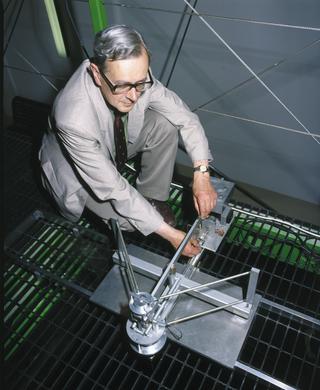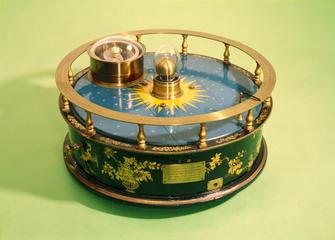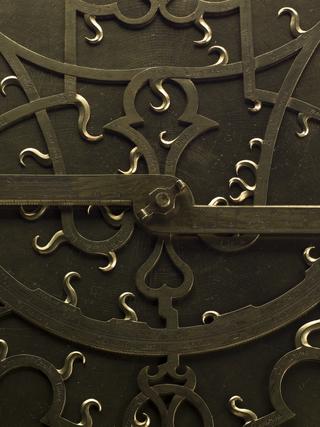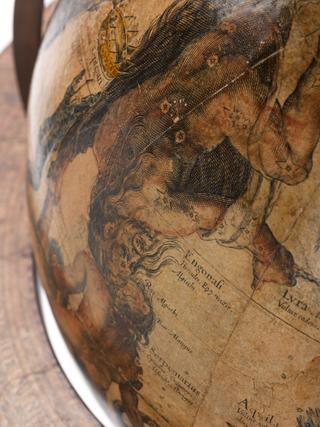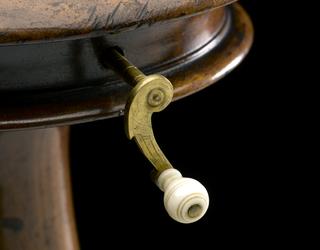
Replica of refracting telescope by Galileo, 1610




Facsimile of telescope by Galileo, length 4-foot 1 3/4-inches, with a tooled leather tube and magnification of 14, closed complete with lenses. Made by Cipriani and purchased from the Museo di Fisica e Storia Naturale, Florence, Italy in 1923.
This is a replica of one of the telescopes made by Galileo Galilei after he learnt of the invention of the telescope in 1608. The refracting telescope magnifies only 14 times yet gives a very restricted field of view. As a result, Galileo was only able to view about a third of the Moon through his telescopes. Despite these limitations, Galileo published, 'Sidereus Nuncius' in 1610, which describes the new celestial sights he saw with his new telescopes. These included craters on the Moon, the phases of Venus and the moons of Jupiter. This facsimile was made in 1923 at the Museo di Fisica e Storia Naturale, in Florence, Italy where the original still resides.
Details
- Category:
- Astronomy
- Object Number:
- 1923-667
- Measurements:
-
overall (estimate): 50 x 720 mm
- type:
- replica, telescope - galilean and telescope - refracting
- credit:
- Museo di Fisica e Storia Naturale
